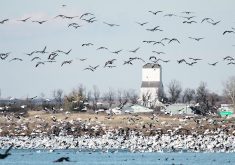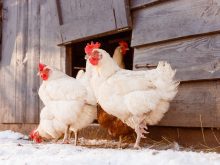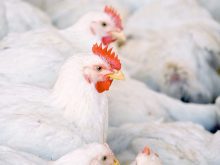Avian flu remains a worldwide concern heading into the heat of the Northern Hemisphere summer, although a recent study shows the strain hitting dairy herds in the United States is not easily transmitted through the air.
The experiment led by researchers at the University of Wisconsin-Madison showed ferrets infected with a sample of the H5N1 bird flu strain did not pass the virus on to nearby healthy animals. However, one of the exposed ferrets produced antibodies, suggesting it had been infected.
Ferrets are considered to be the best small mammal for studying influenza virus infection and transmission and are often used to inform assessments of the public health risks of emerging viruses.
Read Also

New coal mine proposal met with old concerns
A smaller version of the previously rejected Grassy Mountain coal mine project in Crowsnest Pass is back on the table, and the Livingstone Landowners Group continues to voice concerns about the environmental risks.
A particularly severe variant of the H5N1 strain has spread around the world in animals since 2020, causing lethal outbreaks in commercial poultry and sporadic infections in other species from alpacas to house cats. Until this year, it had never infected cows.
Different avian flu strains have been found in Australia and Mexico in humans, while different H5 subtypes are also present around the world in both animals and humans in countries including China and Cambodia.
Most of the human cases reported exposure to poultry, live poultry markets or dairy cattle prior to infection, but scientists are worried the virus could mutate in ways that make it more easily spread from person to person, which could spark a pandemic. The World Health Organization says the risk to people is low at this point.
The first known cases of bird flu-infected dairy cattle occurred in Texas in March, with the virus now reported in dairy herds in 12 states. The four dairy workers in the U.S. who have tested positive for the virus this year had mild symptoms such as conjunctivitis, or pink eye.
While health experts have warned that the disease has the potential to become another pandemic, efforts to stop the spread of the virus were starting to raise concerns in some rural sectors of the U.S., where COVID-19 prevention measures were often deemed excessive.

















